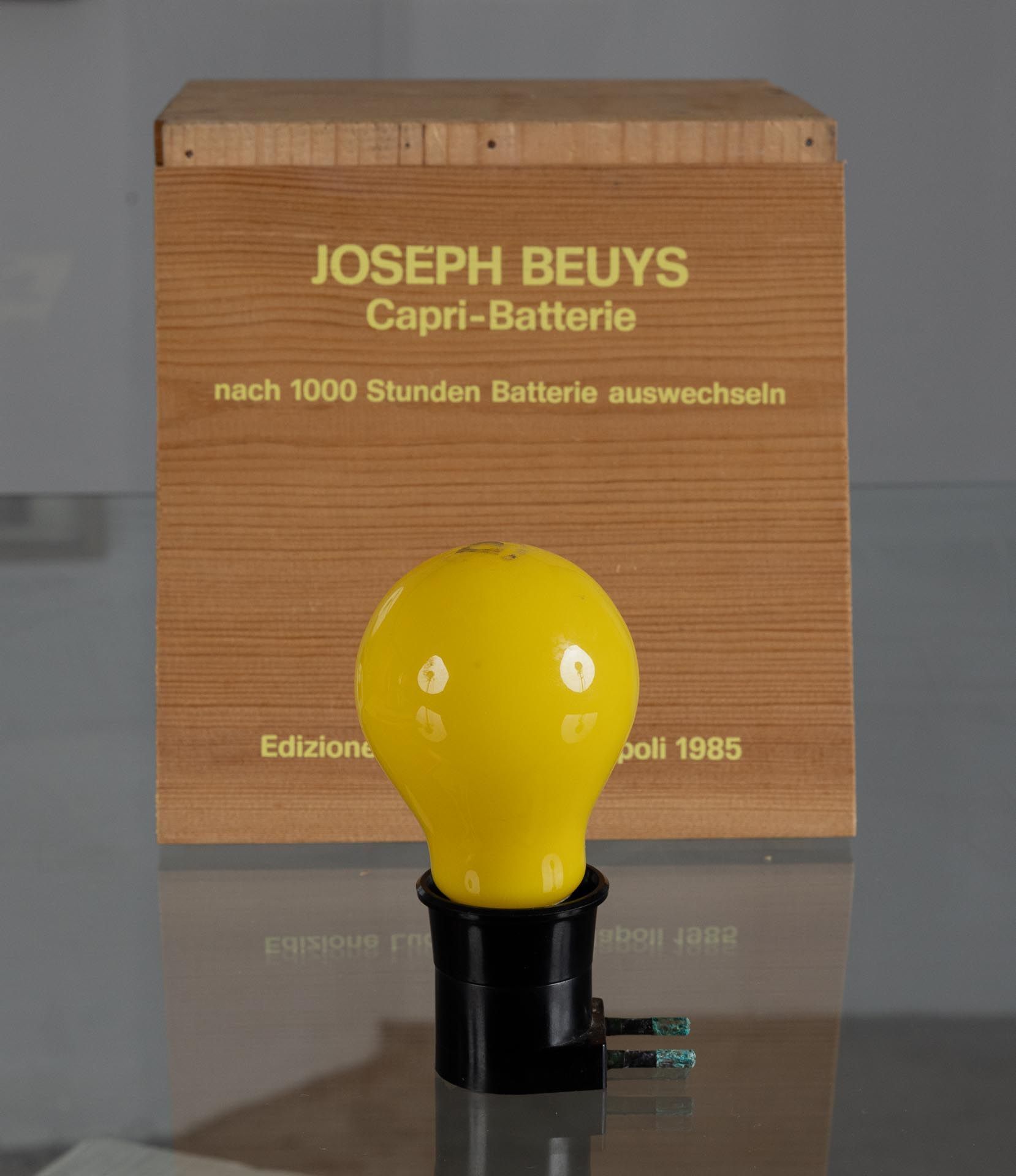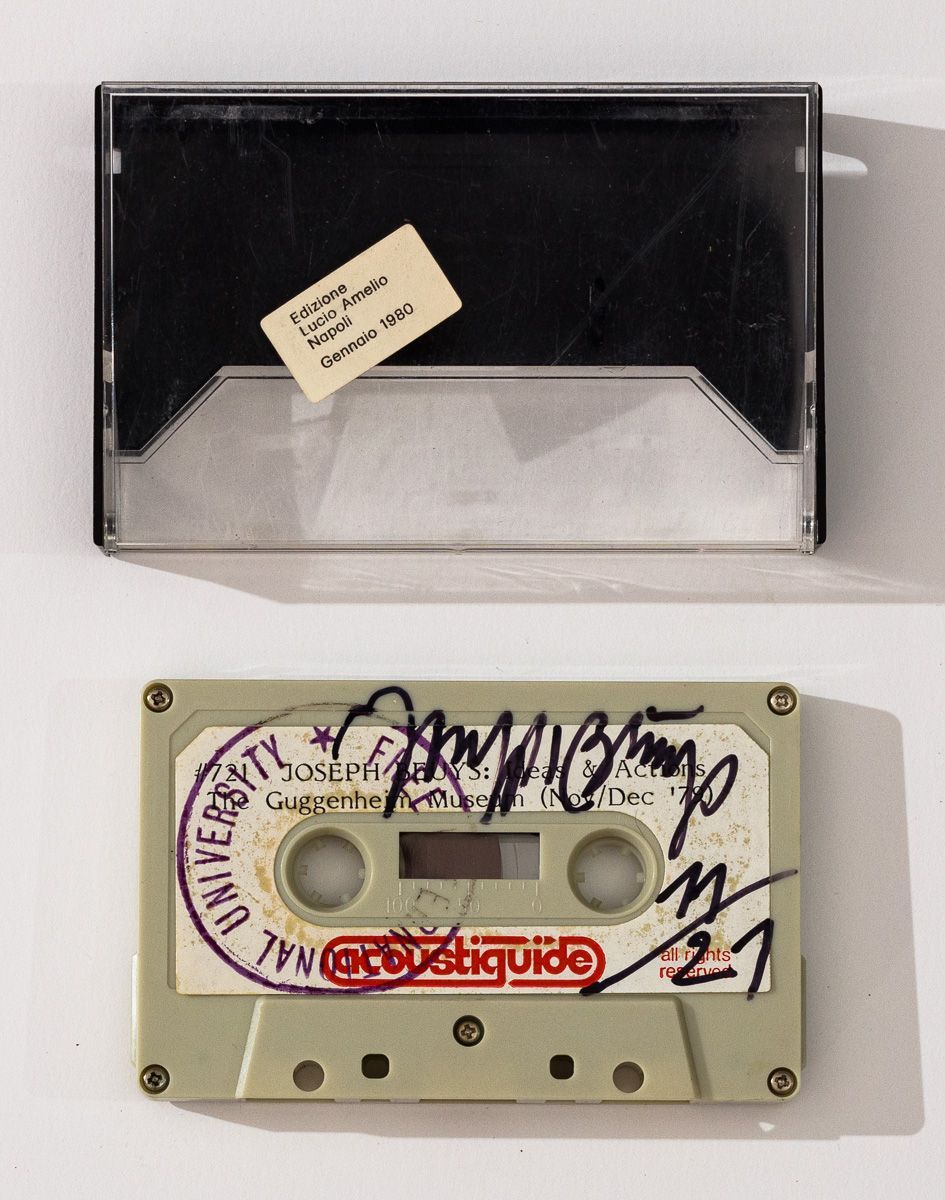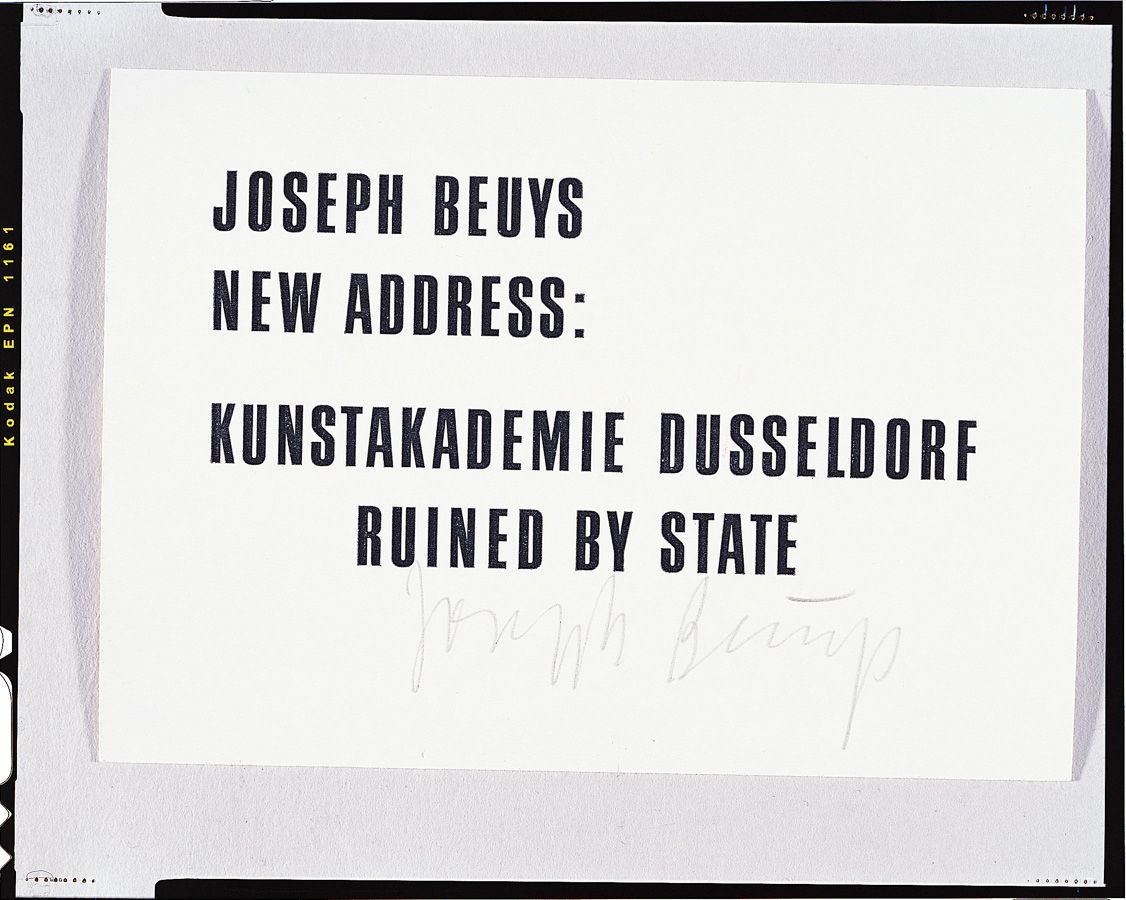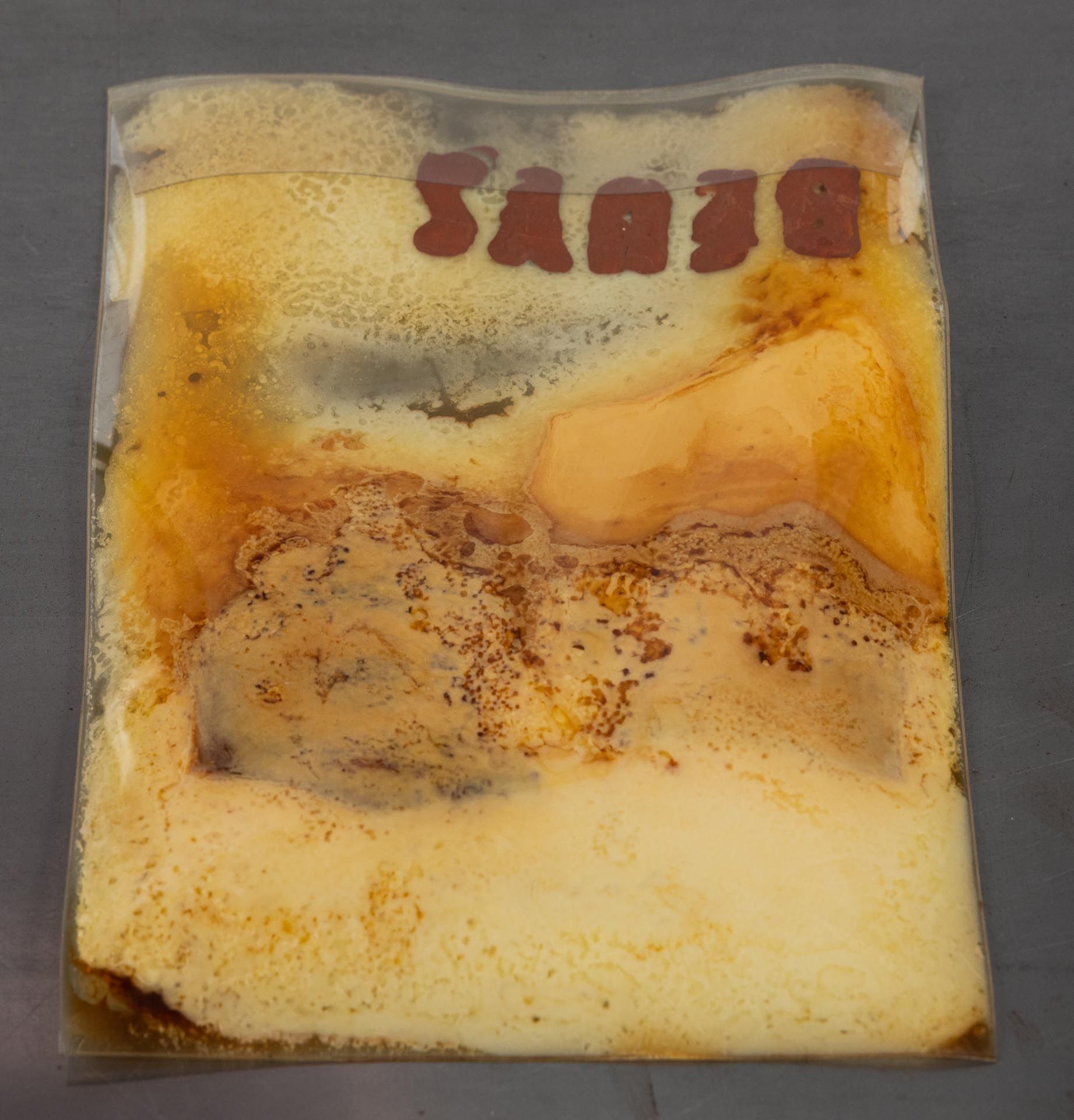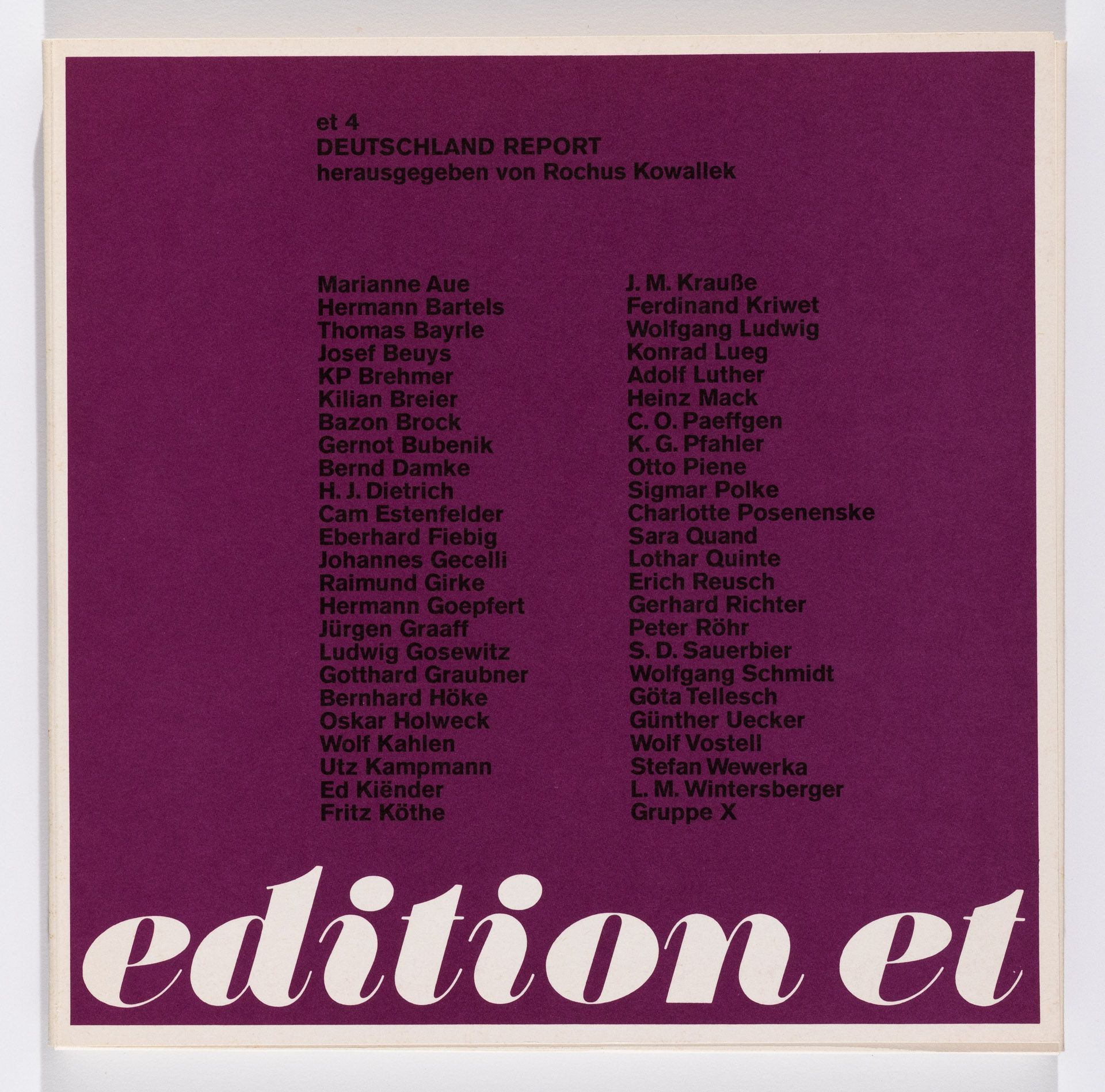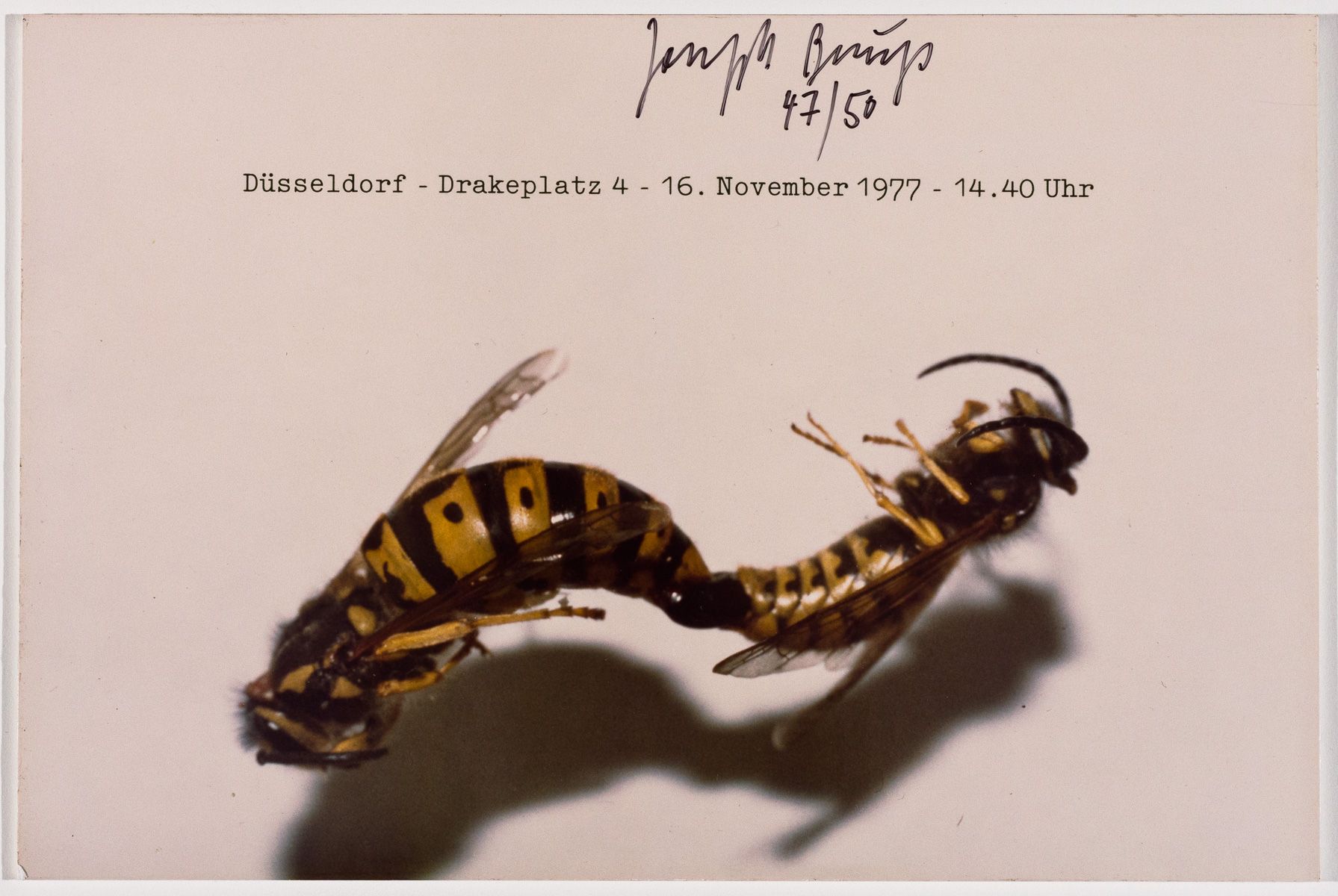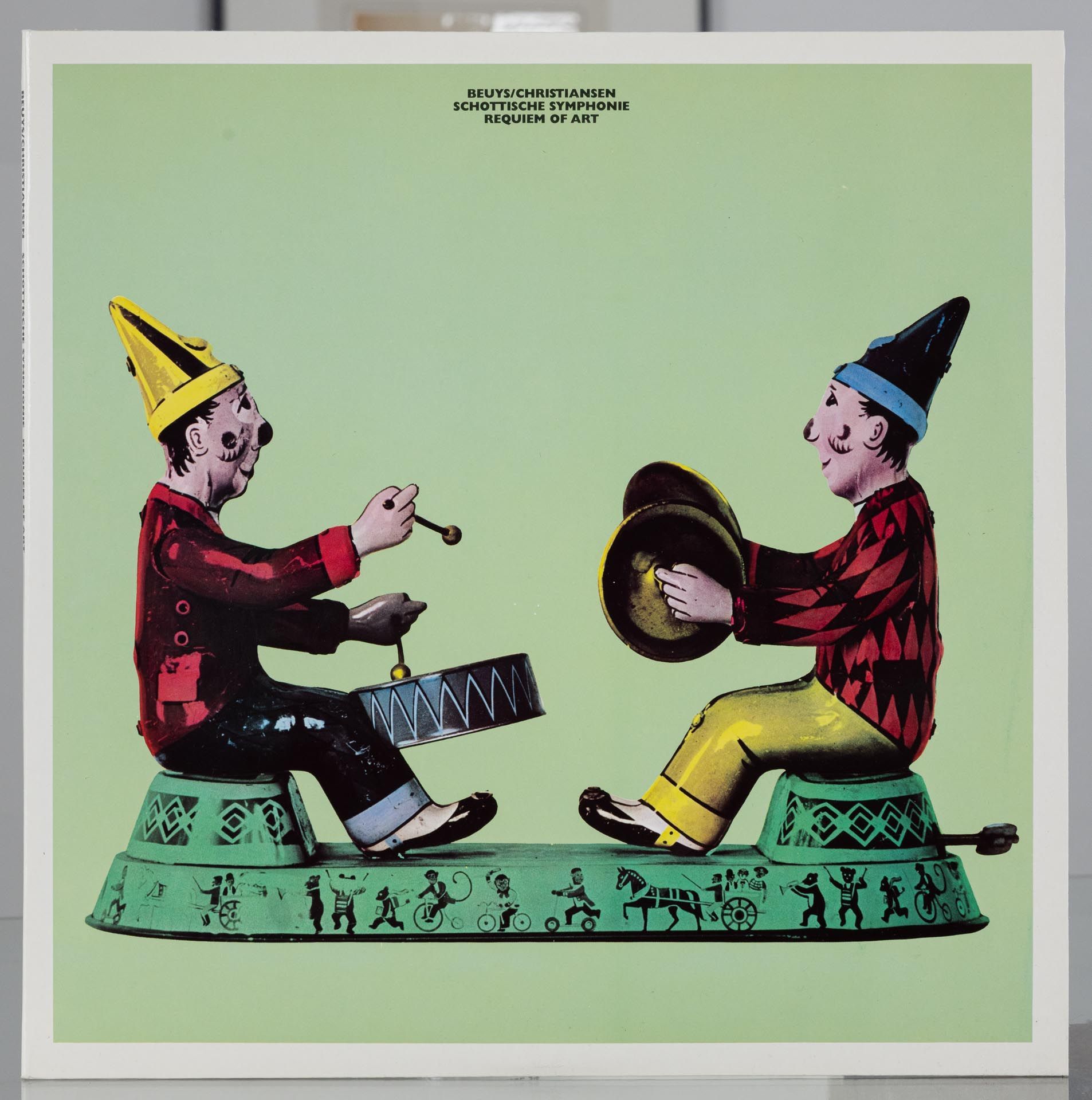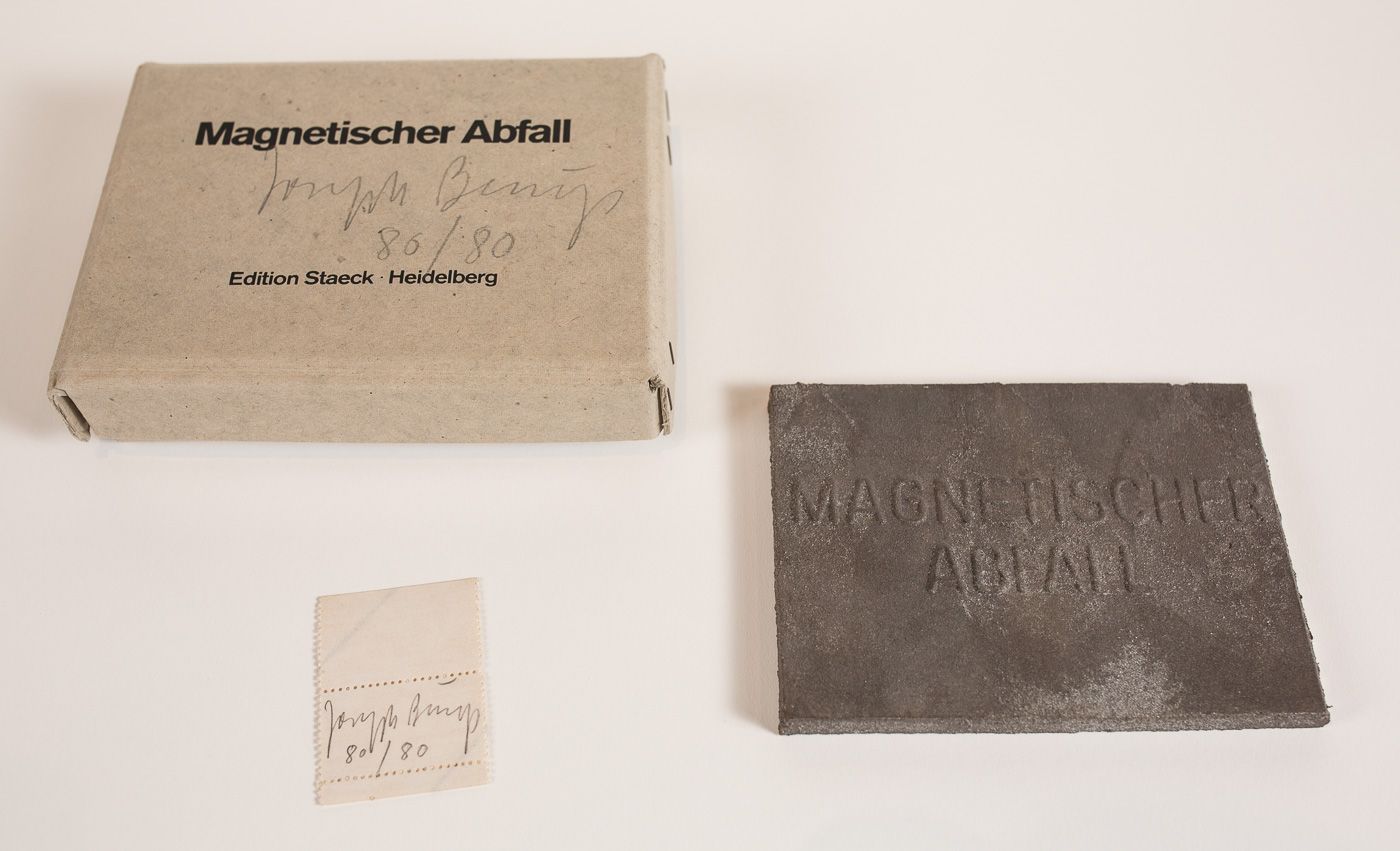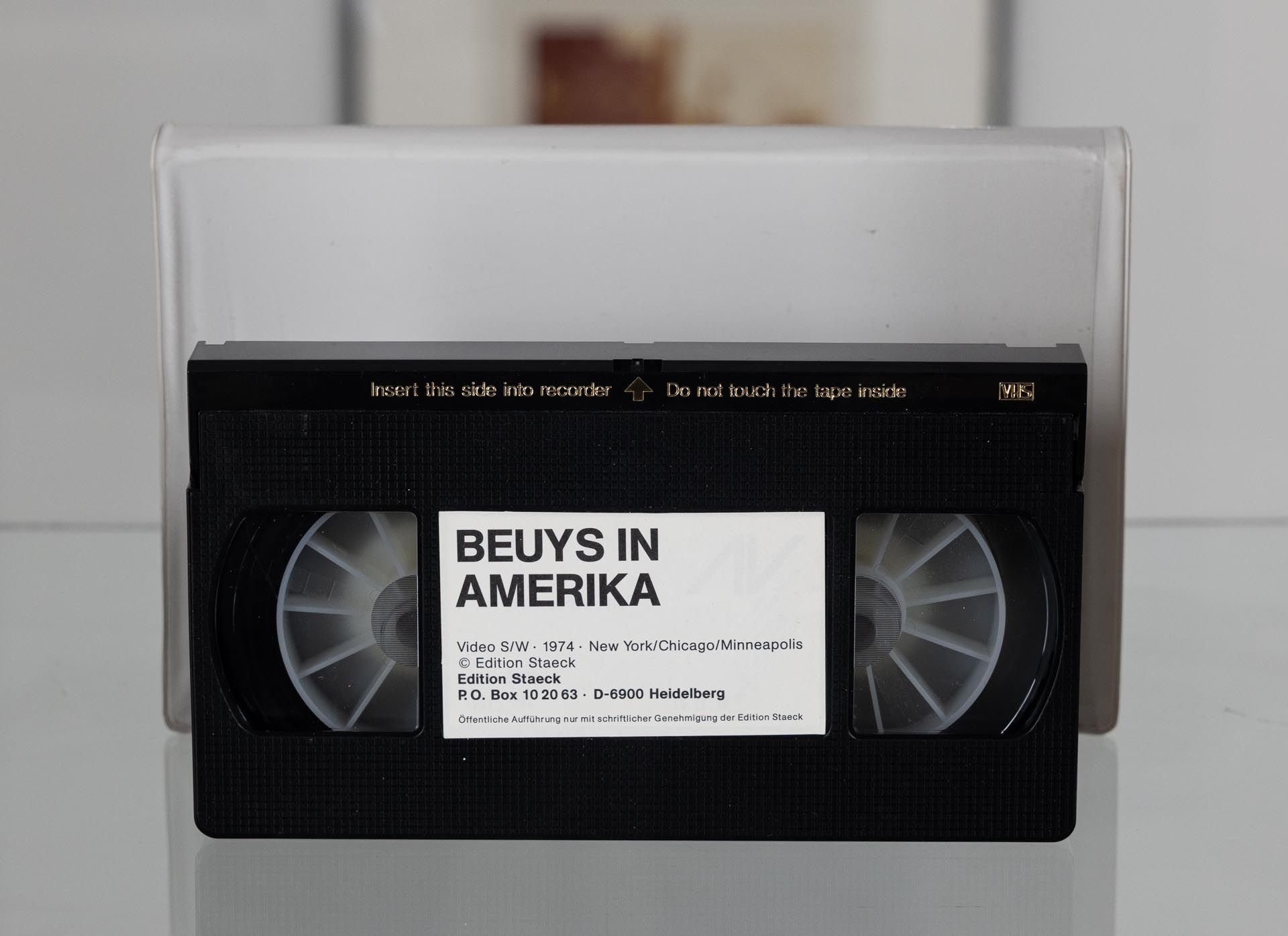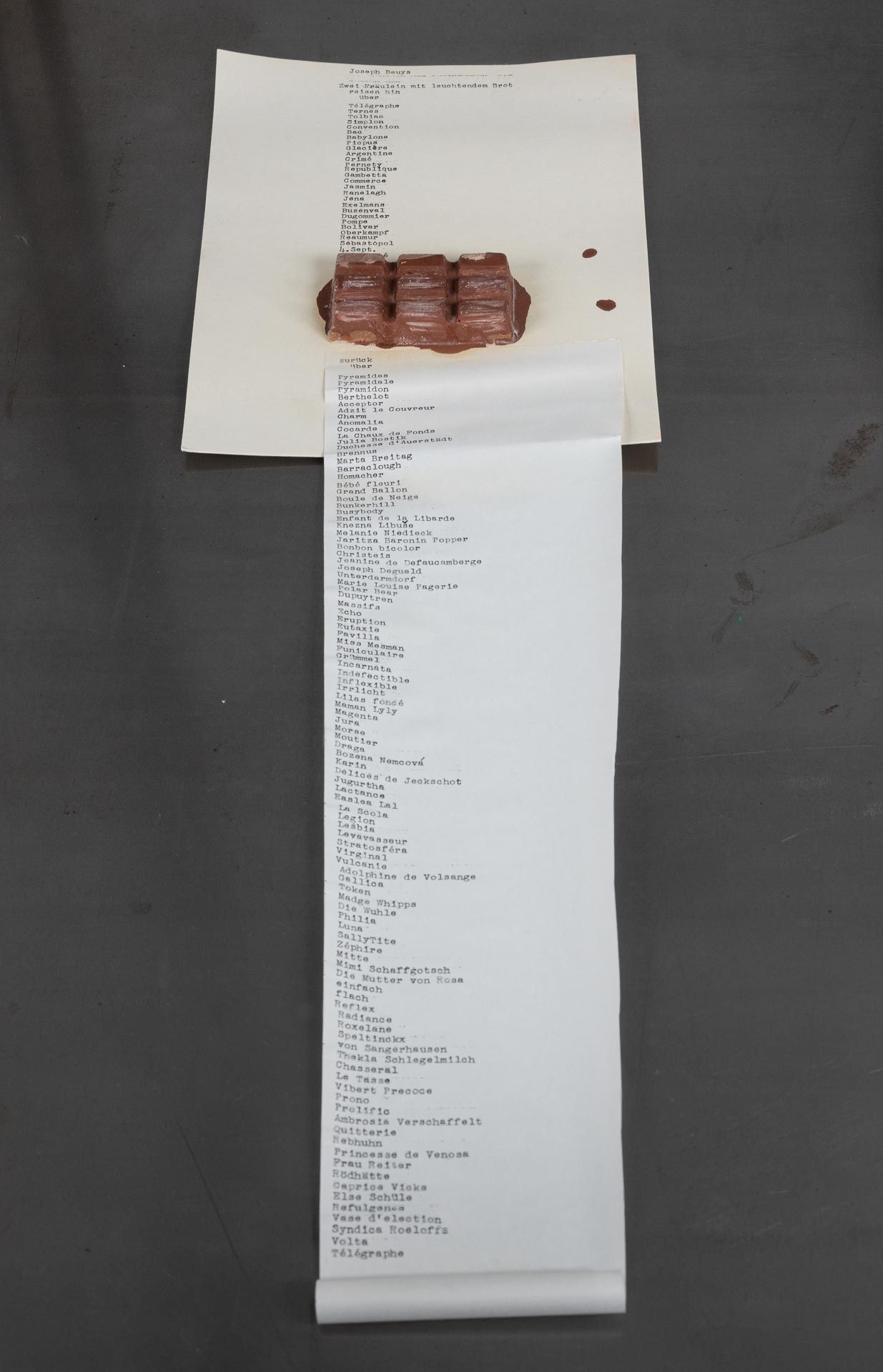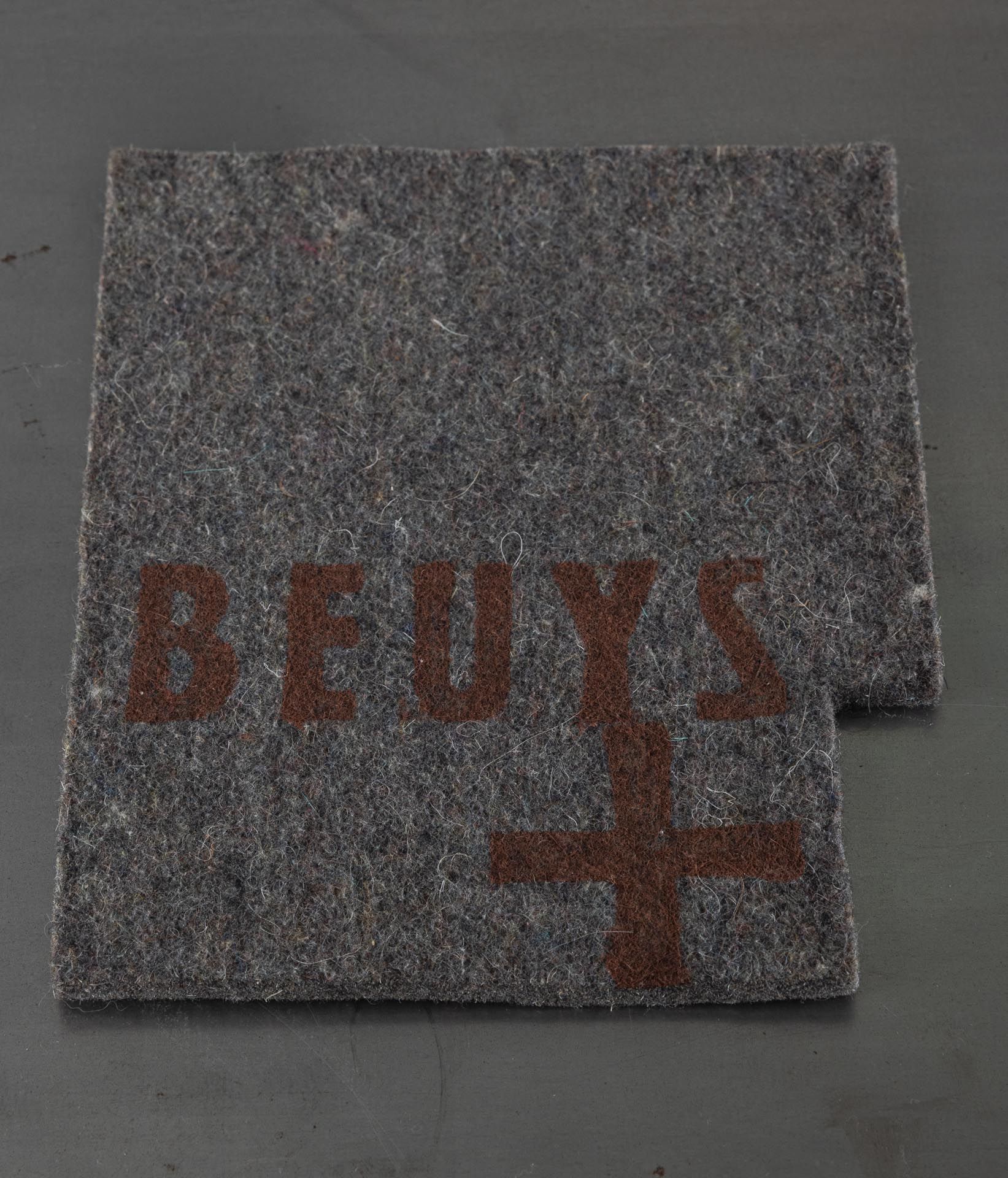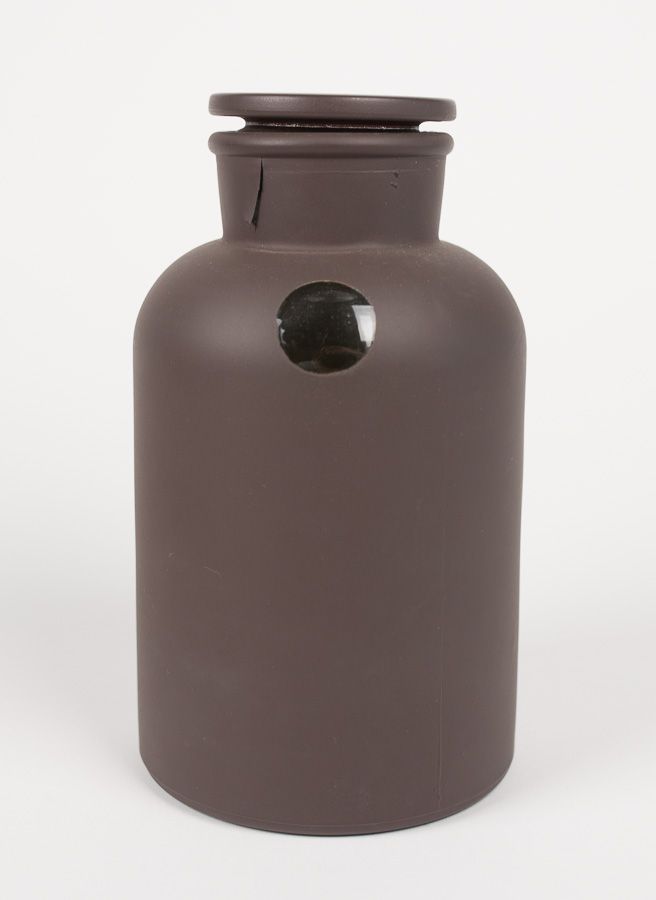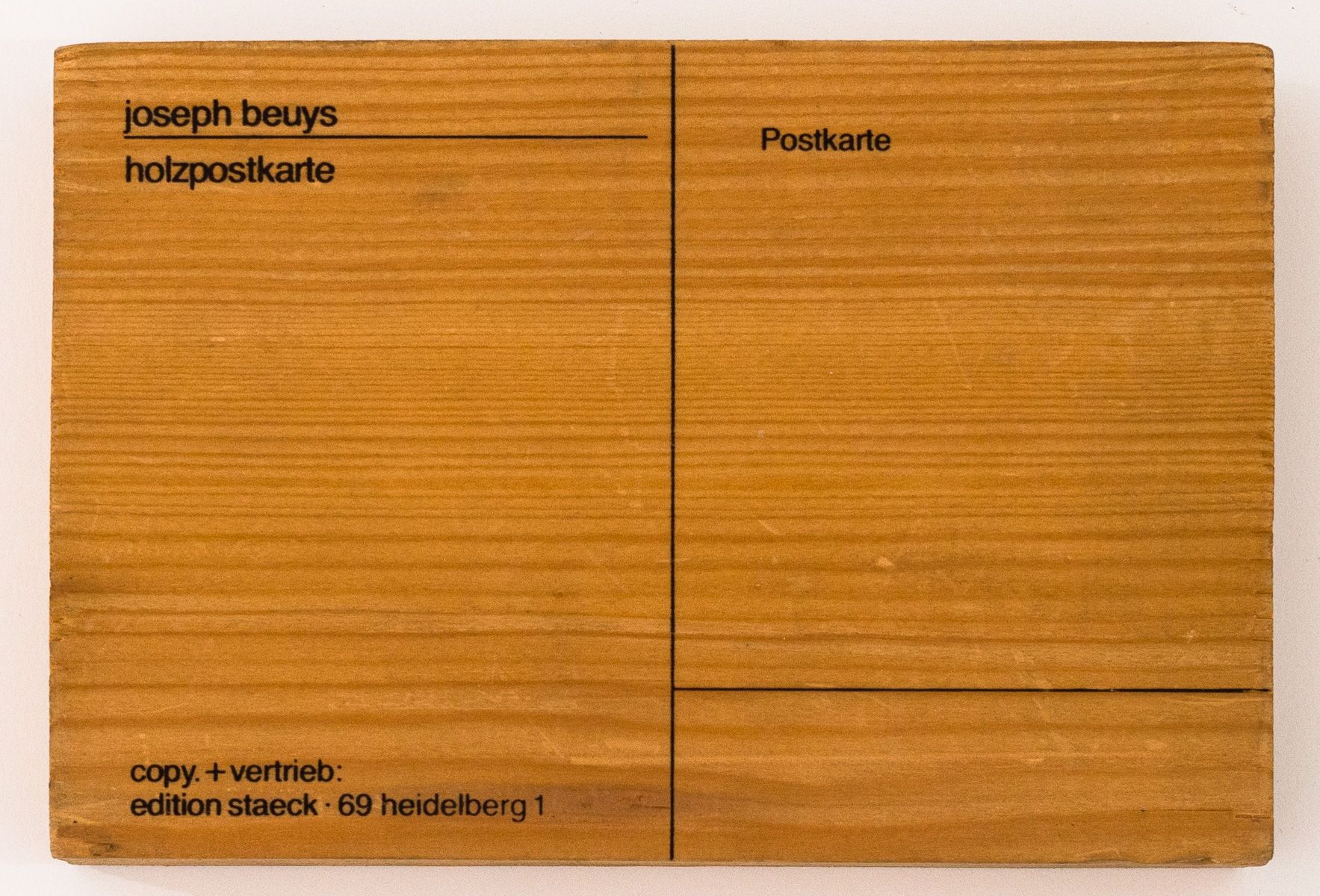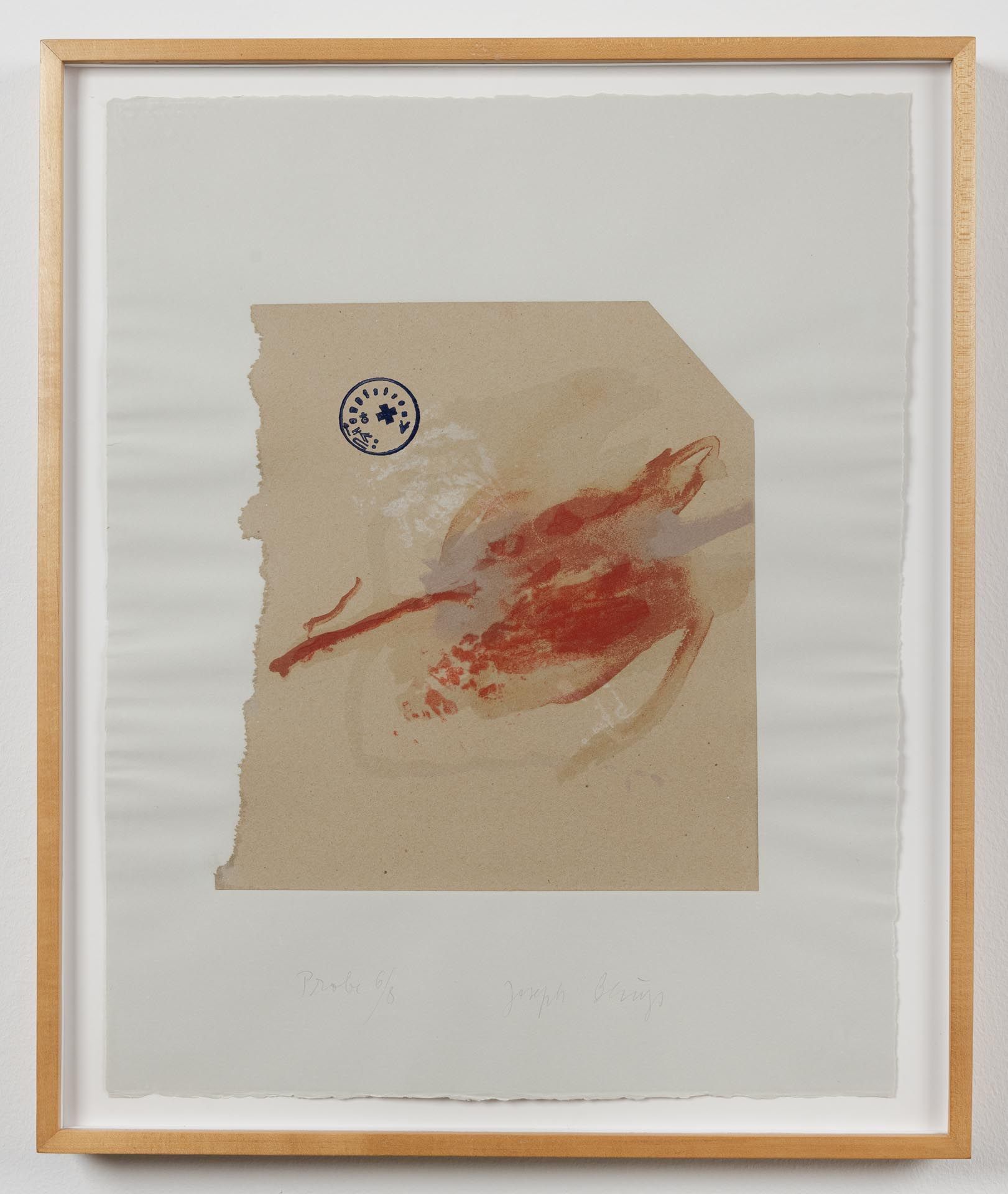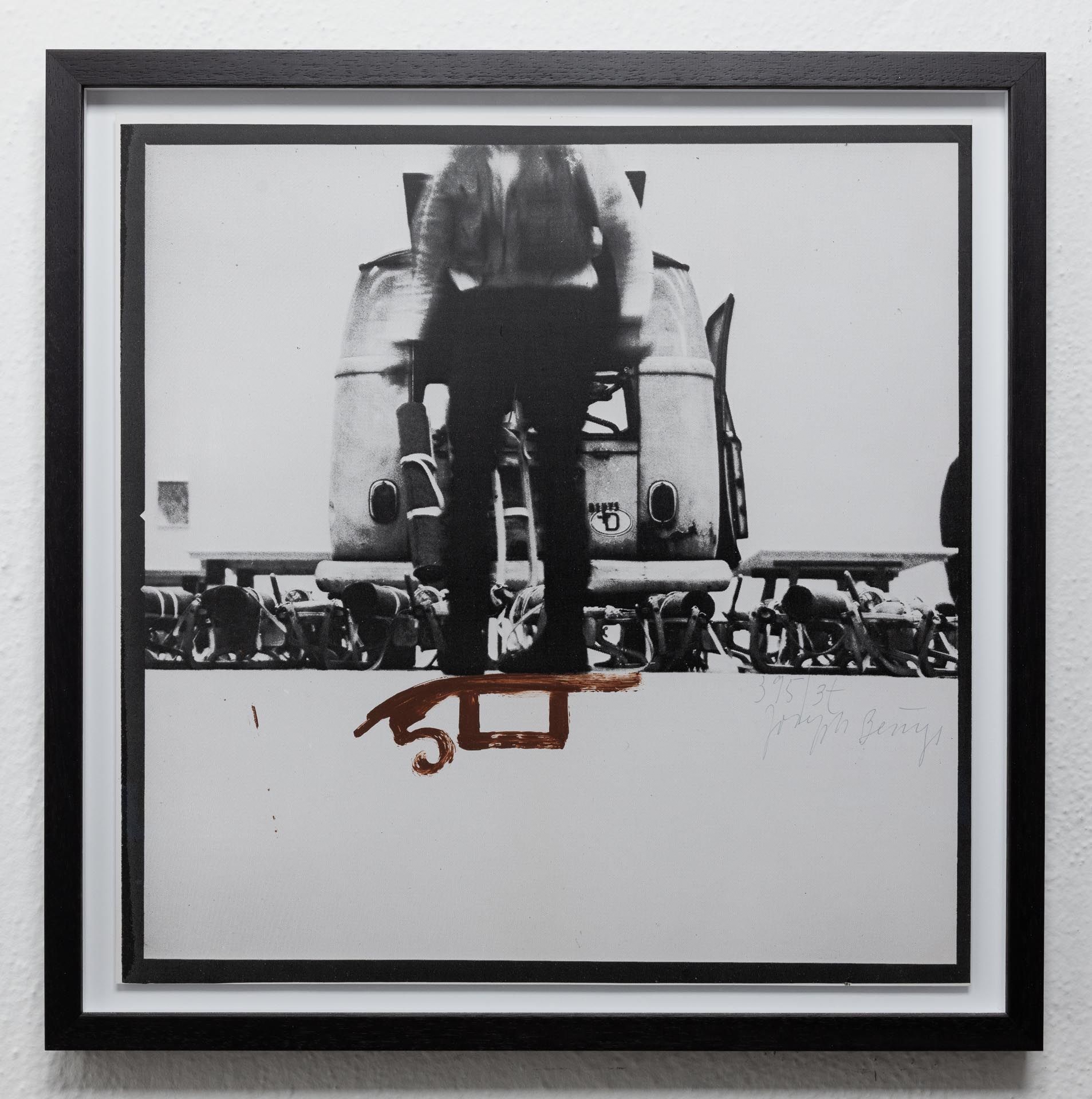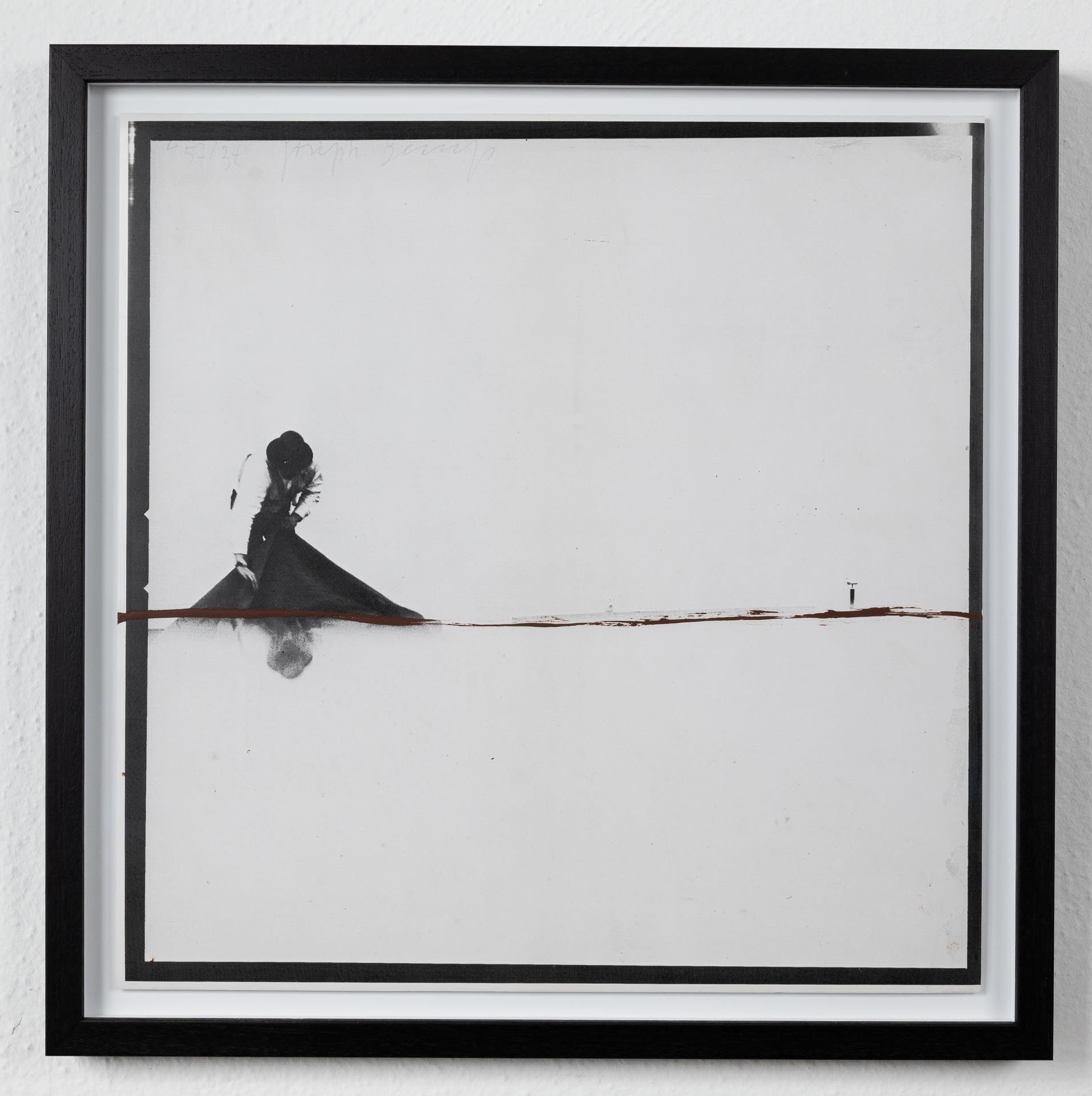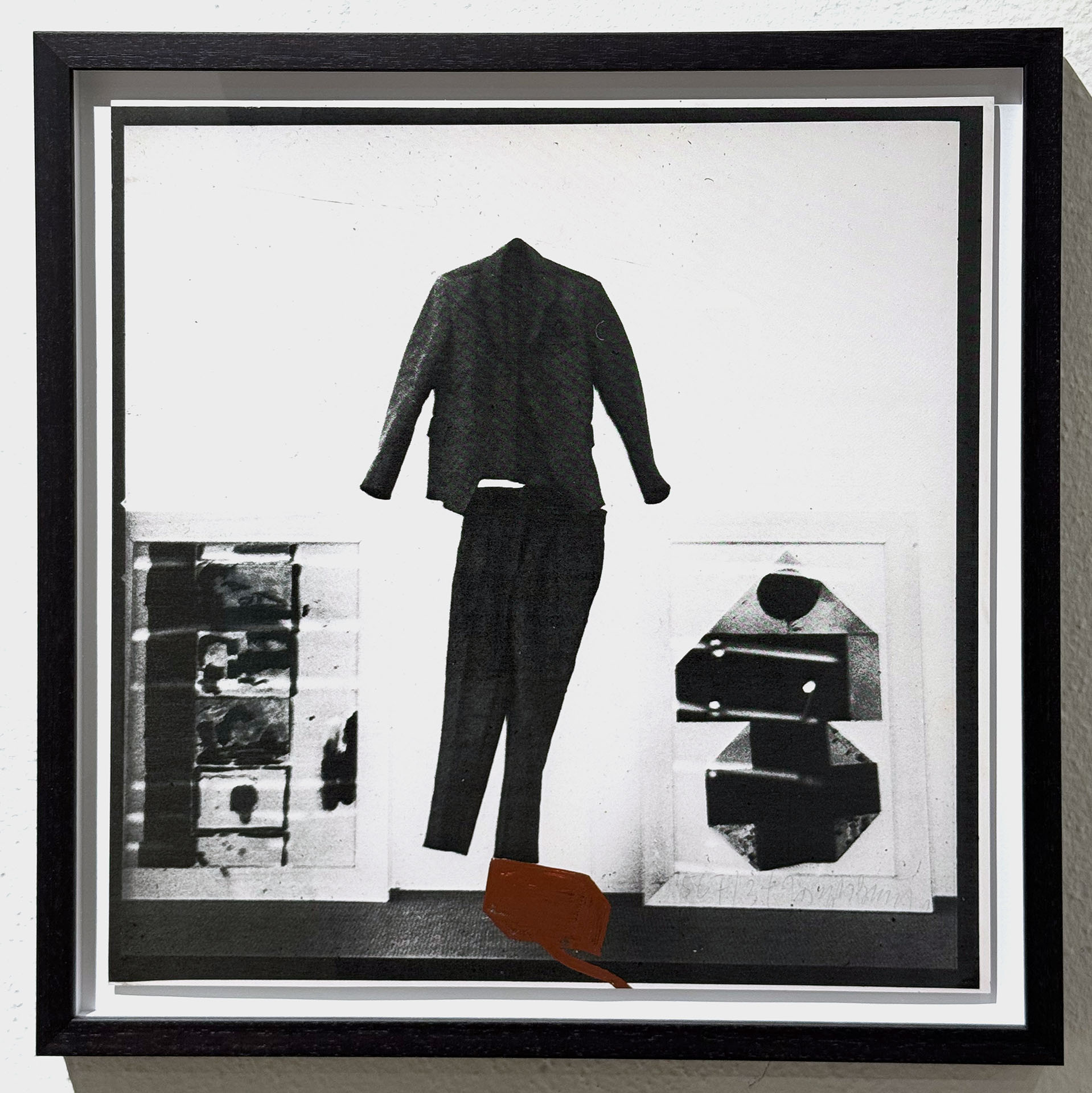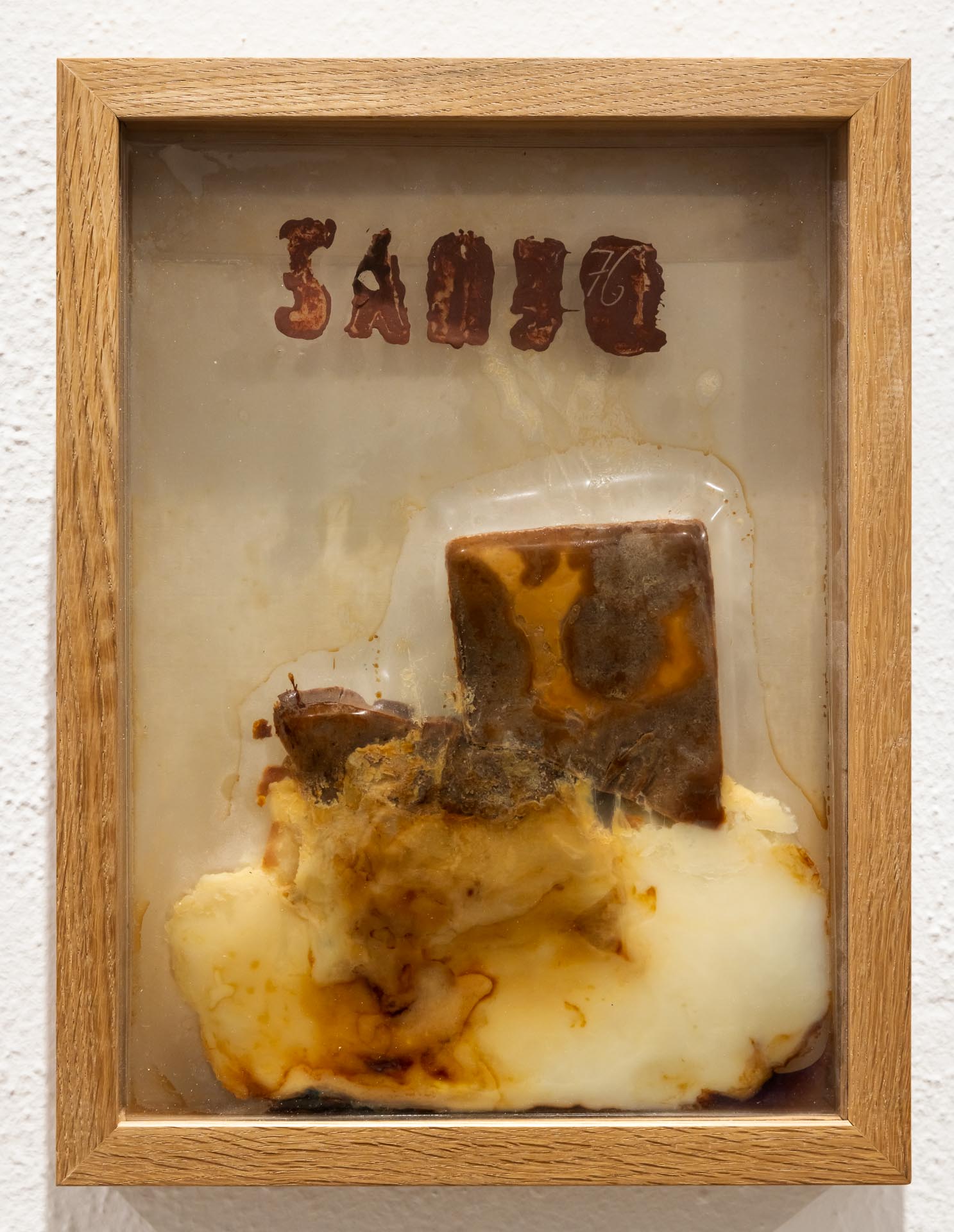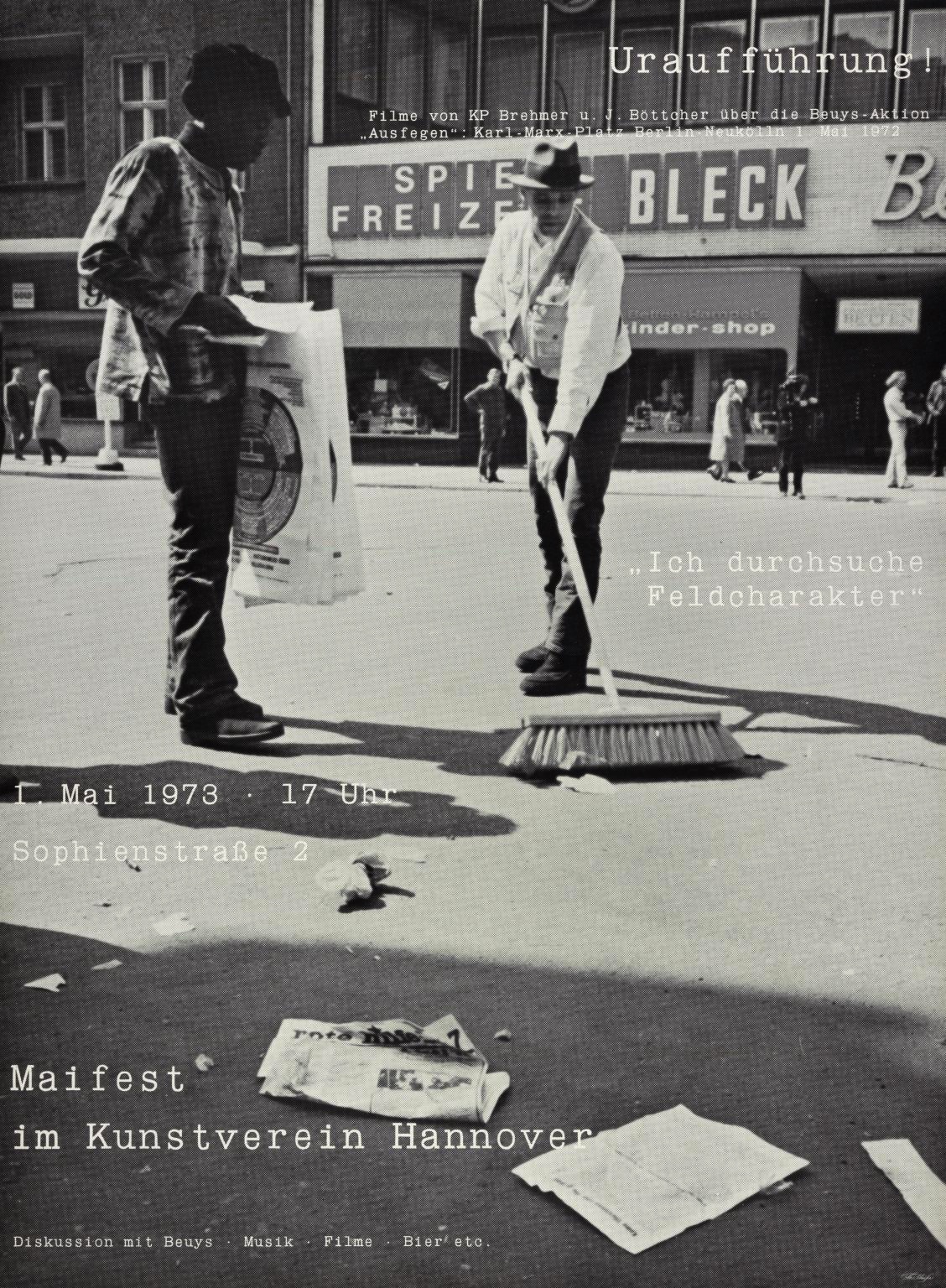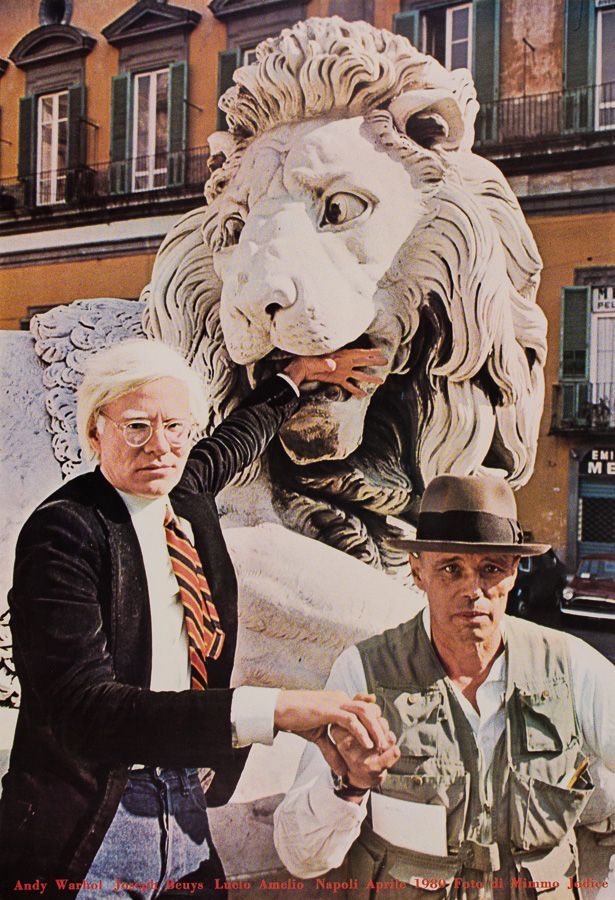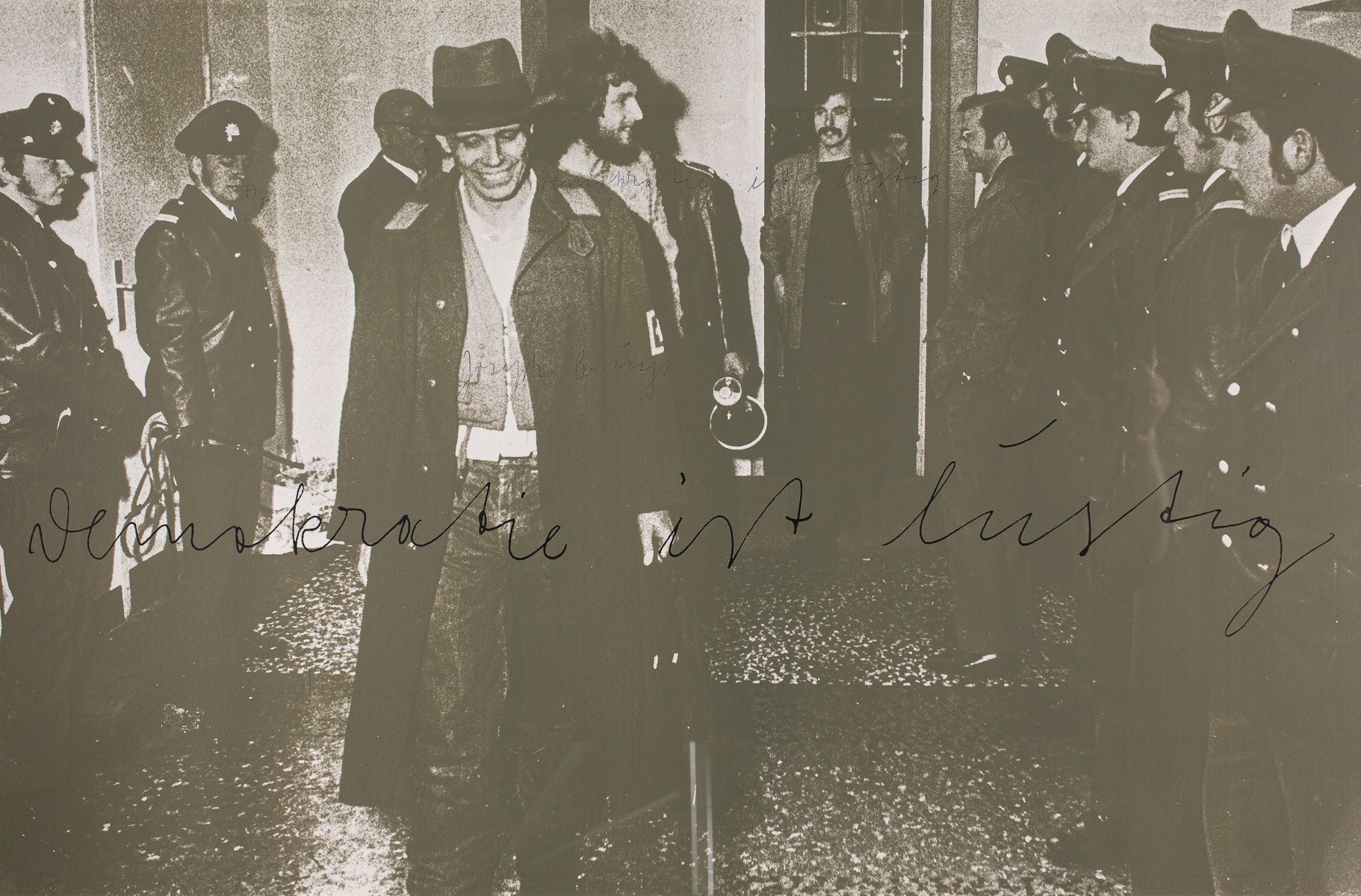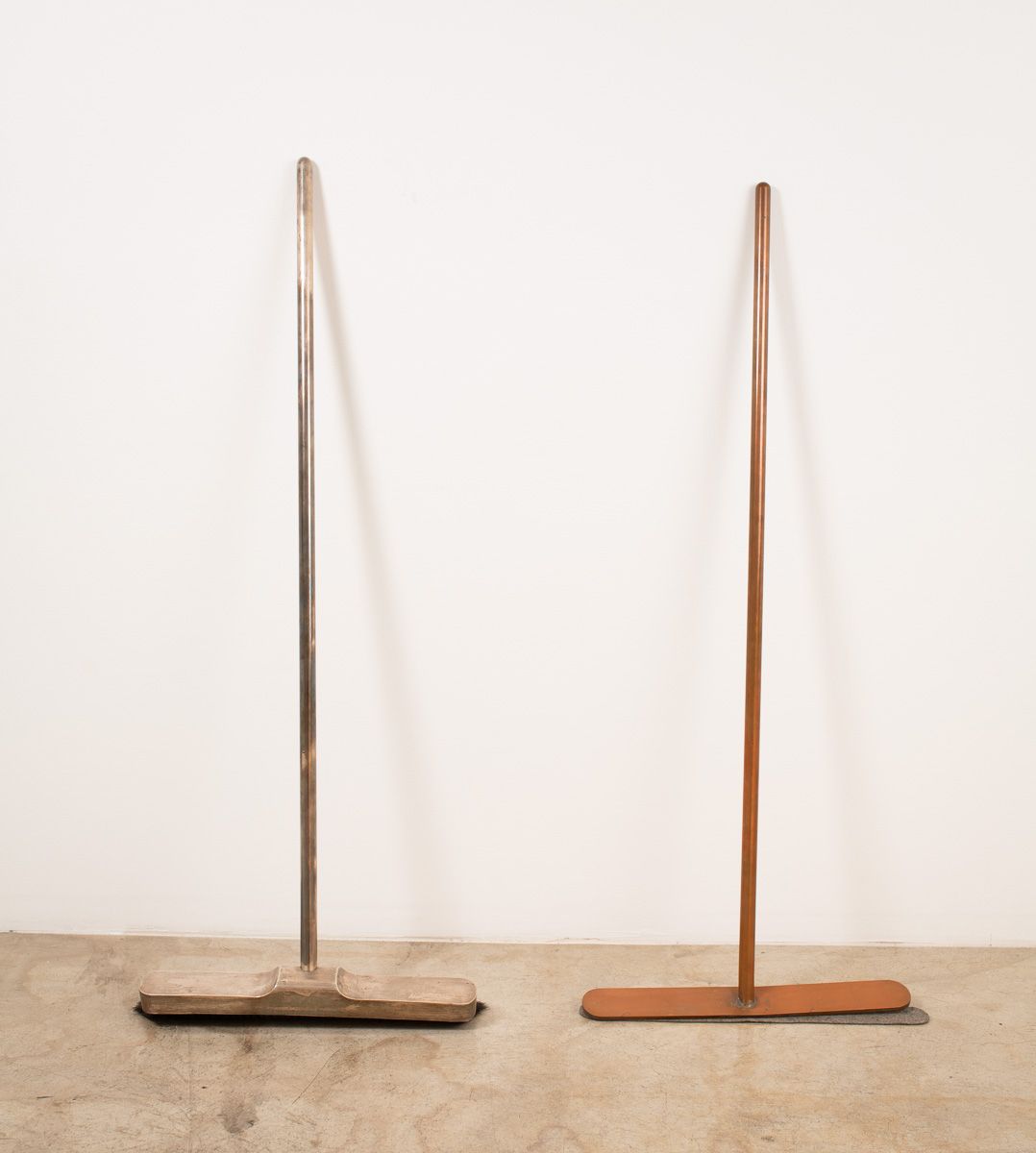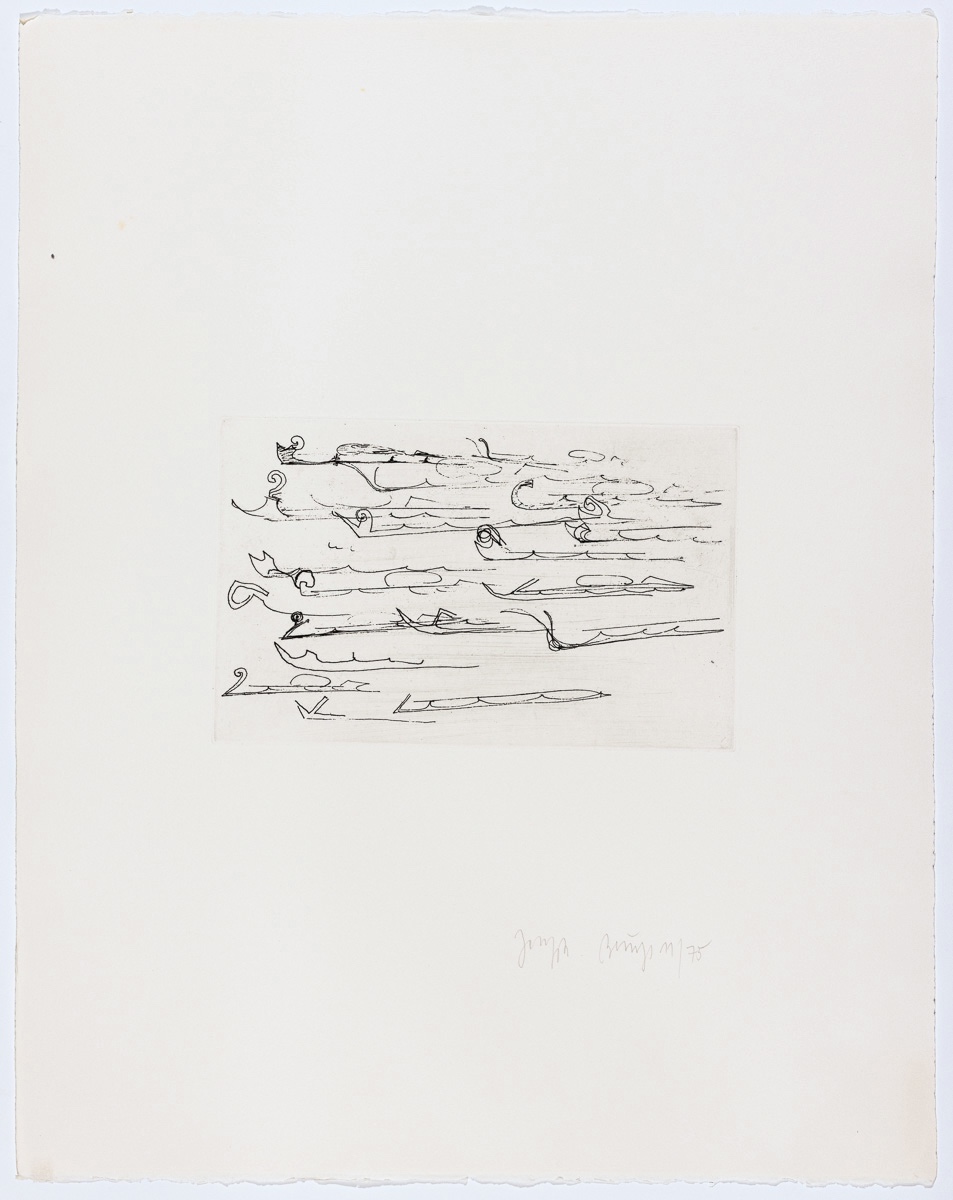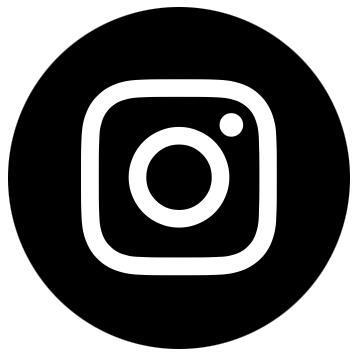Track 16 is excited to present Potential Goods, a selection of Joseph Beuys’s prints and multiples. Presented in concurrence with the Broad’s major survey Joseph Beuys: In Defense of Nature, our exhibition offers a renewed perspective on his radical approach to art, activism, distribution, and meaning-making.
Using everyday materials imbued with symbolic weight, Beuys’s multiples are widely recognized as an effort to democratize art, removing the barriers between art and life, between uniqueness and mass production. Yet, in today’s bio-techno-mythological reality, where AI-generated forms mirror natural processes and human-made systems blur into organic ones, his multiples take on new relevance. They not only challenge the exclusivity of the art object but also prefigure contemporary anxieties around subjectivity, replication, and commodification.
In a world where identity is increasingly fragmented and the self is both hyper-visible and abstracted into data, Beuys’s multiples can be seen as a proto-reflection on the dissolution of subjectivity, a field of inquiry later taken up by many contemporary thinkers. The 20th-century’s so-called Western art was a loud proclamation of societal transformation, shaped by mass production and consumerism. While it allowed space for protest and a romantic vision of alternative futures, the 21st century has ushered in a new reality where humans themselves have become objects, sentenced to the logic of mass production. Regardless of the panic this incites, as it is provocatively asked in The Extreme Self by Shumon Basar, Hans Ulrich Obrist and Douglas Coupland, “Why is being an object seen as inherently negative?”, suggesting that individualism itself may, in fact, be a brain mutation. Viewed in the context of today, Beuys’s multiples, like clones or strands of replicated DNA, do not merely democratize art; they also expose how capitalist structures incorporate and instrumentalize the very idea of subjectivity.
Beuys’s materials – felt, fat, honey, copper – function as semiotic and material forces, reinforcing the interconnectedness of meaning and matter. This resonates with Donna Haraway’s concept of "material-semiotics," where physical bodies are seen as symbols, embedded in storytelling and shaped by the systems that generate them.
Haraway’s insistence on situated knowledge, understanding meaning as always relational and embedded in human and non-human networks finds an unexpected echo in Beuys’s belief that art is a participatory process, not a fixed object of control.
Beuys saw artistic mass production not as dilution, but as expansion, the dispersal of ideas beyond space and time. His multiples were products but also conduits, activating a web of abstract communication between objects and individuals owning his work. He famously declared that “art is the only true revolutionary force,” advocating for a form of "democratic creativity" that could channel humanity toward transformation.
But in an era of digital neofeudalism, when we are simultaneously more free and more unfree than ever before, our selves seemingly belonging to us and yet our data belonging to corporations, does Beuys’s vision still hold? Can art and activism today afford the same radical optimism that fueled his discourse? Or do his multiples, in their reproducibility, now serve as prefigurations of a world where everything, including subjectivity itself, is infinitely replicable?
Text by Diana Sardaryan
For inquiries, email gallery@track16.com.
from "from source to use". Contemporary Archaeology, Pandora part one.
MORE INFODer Tisch (The Table)
MORE INFOSurrender II
MORE INFO7000 Oaks Study Guide
MORE INFOCapri Battery
MORE INFOSprachlos
MORE INFOIdeas and Actions
MORE INFOPostcard: Ruined by State
MORE INFOEconomic Value APOLLO
MORE INFOfrom Kunstlerpost [multiple artists]
MORE INFOManresa (from "Edition Et., no 4")
MORE INFOVino F.I.U.
MORE INFOSonne statt Reagan
MORE INFOPostkarte: 7000 Eichen/Postcard: 7000 Oaks (No. 15 037)
MORE INFOTelephone T-R
MORE INFODusseldorf, Drakeplatz 4
MORE INFOScottish Symphony/Requiem of Art
MORE INFOMagnetic Rubbish (Magnetischer Abfall)
MORE INFOBeuys in Amerika. New York/Chicago/Minneapolis.
MORE INFONoiseless Black Board Eraser
MORE INFOEvervess II 1
MORE INFOEconomic Value Breast Tea
MORE INFOTwo Frauleins with Shining Bread (from Decollage 5)
MORE INFOMonchengladbach Museum Catalogue
MORE INFOMirror Piece
MORE INFOWood Postcard
MORE INFOGreen Violin
MORE INFOTrace II (No. 202)
MORE INFOTrace II (No. 201)
MORE INFOStag
MORE INFO3 Ton Edition
MORE INFO3 Ton Edition
MORE INFO3 Ton Edition
MORE INFOfrom Kunstlerpost
MORE INFOMaifest im Kunstverein Hannover. Diskussion mit Beuys... 1. Mai 1973
MORE INFOCeltic Kinlock Rannoch
MORE INFOAndy Warhol and Joseph Beuys
MORE INFODemocracy is Merry
MORE INFOSilver Broom and Broom without Bristles (Silberbesen und Besen ohne Haare)
MORE INFOPrimeval Sleds 2 from Suite Circulation Time (SUITE ZIRKULATIONSZEIT)
MORE INFOYoung Hare from Suite Circulation Time (SUITE ZIRKULATIONSZEIT)
MORE INFOThe Mothers from Suite Circulation Time (SUITE ZIRKULATIONSZEIT)
MORE INFOTRACK 16 | DOWNTOWN LA
1206 MAPLE AVE, SUITE 100, LOS ANGELES, CA 90015
+1-310-815-8080
www.track16.com






